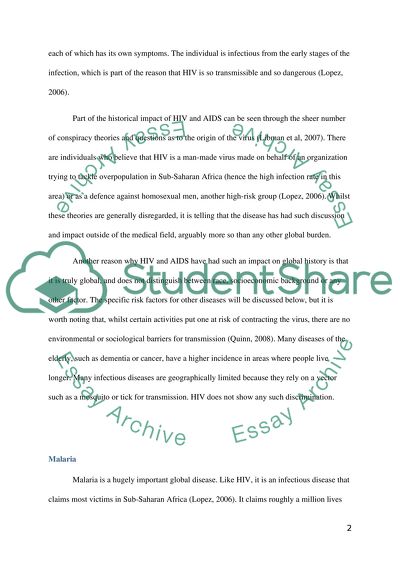Cite this document
(“H.I.V. has had the largest impact on history Essay”, n.d.)
H.I.V. has had the largest impact on history Essay. Retrieved from https://studentshare.org/health-sciences-medicine/1449772-hiv-has-had-the-largest-impact-on-history
H.I.V. has had the largest impact on history Essay. Retrieved from https://studentshare.org/health-sciences-medicine/1449772-hiv-has-had-the-largest-impact-on-history
(H.I.V. Has Had the Largest Impact on History Essay)
H.I.V. Has Had the Largest Impact on History Essay. https://studentshare.org/health-sciences-medicine/1449772-hiv-has-had-the-largest-impact-on-history.
H.I.V. Has Had the Largest Impact on History Essay. https://studentshare.org/health-sciences-medicine/1449772-hiv-has-had-the-largest-impact-on-history.
“H.I.V. Has Had the Largest Impact on History Essay”, n.d. https://studentshare.org/health-sciences-medicine/1449772-hiv-has-had-the-largest-impact-on-history.


